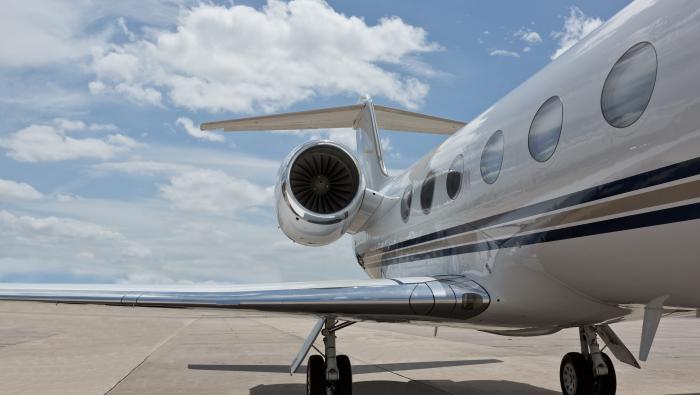The European Aviation Safety Agency today released its “revolutionary” rewrite of CS-23 rules, laying the foundations for a new performance-based, flexible approach to certifying small aircraft. The EASA rulemaking comes four months after the U.S. FAA released its long-awaited comprehensive overhaul of Part 23 regulations governing small-aircraft certification.
The rulemakers worked closely with other international aviation regulators to take a global approach to standards setting for general aviation aircraft. The CS-23 is set to take effect August 15, timed close to when the U.S. counterpart is set to go into effect.
EASA certification director Trevor Woods announced the release of the EASA rule today during the opening day of Aero Friedrichshafen in Germany, saying, “EASA CS-23 [rules] are new, smart and flexible, prepared with and for a safe, innovative GA industry.” The rules, the agency added, remove design limitations for manufacturers, opening the way for innovation.
“This is a landmark day for the general aviation industry,” said Pete Bunce, president and CEO of the General Aviation Manufacturers Association. “This rule is nothing less than a total rethinking of how our industry can bring new models of pistons, diesels, turboprops, light jets, and new hybrid and electric propulsion airplanes to market, as well as facilitating safety-enhancing modifications and upgrades to the existing fleet.”
Again similar to its U.S. counterpart, CS-23 establishes design objectives without prescriptive rules. It also facilitates the use of international standards.
“It’s revolutionary,” added Ivo Boscarol, CEO of the Slovenian manufacturer Pipistrel, “which is why we have been an active supporter of the CS-23 initiative. Right now, we see tremendous opportunities in electric and hybrid propulsion and increased automation. The new CS-23 will enable us to move at the pace of these developments and more readily leverage these innovations.”
The rule involved the collaboration of not only the international regulators, but also industry, Bunce noted, adding, "It would not have been possible to reach this milestone without the dedication and tireless efforts of many in the industry and EASA. This initiative is truly the poster child of future rulemaking: with a cooperative, global approach between authorities and all relevant stakeholders.”
Flight Design president Matthias Betsch agreed: “I am sure the result we see here today is a testament to what we can accomplish when government and industry work hand in hand to achieve a common goal. In fact, it might be the best example yet of global cooperation between aviation authorities.”







